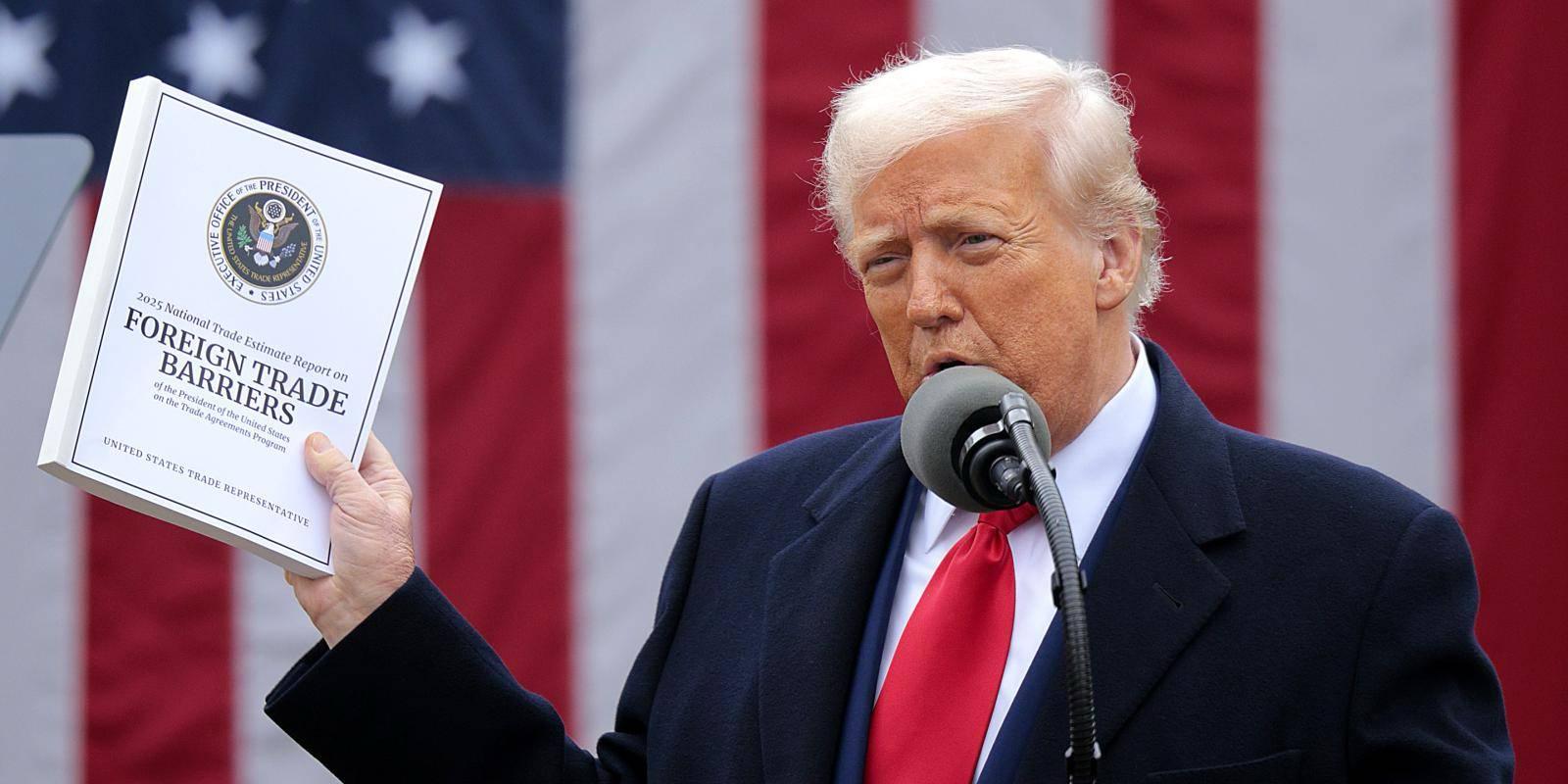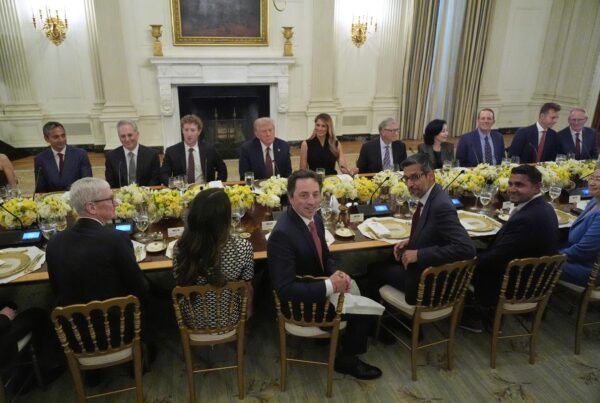The economic consequences of Trump’s tariffs, implemented years ago, continue to reverberate across the United States in 2025, fundamentally reshaping industries and impacting household finances. Contrary to their initial billing as a tool to be paid by foreign nations, extensive data and ongoing analysis confirm that the financial burden has been overwhelmingly shouldered by American businesses and consumers, creating a complex and enduring economic legacy.
The Enduring Impact of Trump’s Tariffs
The central premise of the tariffs was to protect American industries and penalize unfair trade practices. The strategy involved levying significant taxes on billions of dollars’ worth of imported goods, particularly from China, with the stated expectation that foreign exporters would absorb these costs to remain competitive in the U.S. market.
However, economic reality has unfolded differently. Most studies have concluded that these costs were almost entirely passed through to domestic prices. This has meant that U.S. importers, and subsequently consumers, have been the ones paying the price, effectively creating a widespread tax on consumption and manufacturing inputs that continues to drag on economic activity.
Consumer Prices Tell the Real Story
One of the most direct impacts of Trump’s tariffs has been on the price tags of everyday goods. From washing machines and furniture to electronics and clothing, items that rely on components from targeted nations saw noticeable price increases. Initially, some businesses absorbed a portion of these costs to protect their market share. However, as the tariffs remained in place, these expenses were inevitably transferred to the end consumer, contributing to inflationary pressures.
This slow but steady increase in costs has had a tangible effect on household budgets across the country. While the tariffs on any single product might seem minor, their cumulative effect across a wide range of goods has meant that American families have less disposable income. This financial squeeze is particularly felt by lower and middle-income households, where a larger portion of their earnings is spent on essential goods that have become more expensive.
Furthermore, the complexity of modern supply chains means that even products assembled in the U.S. were not immune. Many American manufacturers rely on imported raw materials or intermediate components. When these inputs became subject to tariffs, the cost of domestic production rose, leading to higher prices for “Made in America” products and making them less competitive both at home and abroad.
Corporate Profits Under Pressure
While consumers faced higher prices, American businesses navigated a landscape of increased operational costs and supply chain uncertainty. Trump’s tariffs forced companies to make difficult decisions: absorb the costs and accept lower profit margins, pass the costs to consumers and risk losing business, or undertake the expensive and time-consuming process of reconfiguring their supply chains. Many businesses, especially small and medium-sized enterprises (SMEs), lacked the leverage and capital to easily make these adjustments.
The tariffs created an environment of unpredictability that discouraged long-term investment and hiring. Businesses that relied heavily on imported steel and aluminum, for example, faced significantly higher raw material costs, squeezing their profitability and hindering their ability to expand. This uncertainty acted as a deterrent to capital expenditure, as companies hesitated to commit to new projects while the future of trade policy remained unclear.
Meanwhile, the administrative burden of complying with the new tariff codes and applying for exemptions created another layer of operational costs. The process was often opaque and lengthy, leaving many businesses in limbo. This combination of direct financial costs and prolonged uncertainty has been cited as a contributing factor to slower economic growth in subsequent years.
Retaliation and Shifting Global Trade
The imposition of tariffs by the United States did not occur in a vacuum. As expected, major trading partners, particularly China and the European Union, responded with their own retaliatory tariffs aimed directly at key sectors of the U.S. economy, transforming a one-sided policy into a multifaceted trade war.
This tit-for-tat escalation created a ripple effect, disrupting long-established global trade flows and harming American exporters who suddenly found their products priced out of foreign markets. The consequences were severe for industries that had spent decades building a customer base abroad, only to see it vanish nearly overnight due to punitive taxes.
The Fallout from Trump’s Tariffs on Farmers
Perhaps no sector was more directly impacted by retaliatory measures than American agriculture. China, a primary target of U.S. tariffs, responded by levying heavy duties on American agricultural products, with soybeans being the most prominent example. For years, China had been the largest single market for U.S. soybean exports, making the industry incredibly vulnerable to this trade dispute.
The results were devastating for farming communities across the Midwest. Soybean prices plummeted as a primary buyer disappeared, leaving farmers with a massive surplus and mounting financial losses. The U.S. government was compelled to roll out a multi-billion-dollar aid program to compensate farmers for their losses, a clear indicator that the trade policy was inflicting significant domestic damage. This episode highlighted the interconnectedness of the global economy and how Trump’s tariffs could inadvertently harm industries they were never intended to target.
While some efforts have been made to reclaim these markets, the damage has been lasting. Brazil and other agricultural exporters moved quickly to fill the void left by the U.S., establishing new trade relationships that have been difficult to displace. The long-term market share for American farmers in key regions remains below pre-tariff levels, representing a significant and potentially permanent economic loss.
The Slow Reshuffling of Supply Chains
In response to the trade war, many multinational corporations began exploring strategies to de-risk their supply chains by moving production out of China. This “decoupling” has been a slow, costly, and complex process. Nations like Vietnam, Mexico, and India have emerged as beneficiaries, but no single country can easily replicate China’s vast manufacturing infrastructure, skilled labor force, and logistical efficiency.
Companies undertaking this shift have faced immense challenges, including building new facilities, training workers, and establishing new supplier networks. These transition costs are substantial and have often been passed on to consumers in the form of higher prices. Moreover, this reshuffling has not always resulted in a net gain for the United States, as production often moves to other low-cost countries rather than being “reshored” back to America.
This ongoing reconfiguration highlights one of the lasting legacies of the tariffs: a more fragmented and potentially less efficient global manufacturing system. While diversification may enhance resilience against future geopolitical shocks, it has come at the price of the hyper-efficiency that defined global trade for decades, a cost that is ultimately reflected in the prices paid by businesses and consumers.
A Political Legacy and an Uncertain Future
Years after their implementation, the tariffs remain a contentious and influential element of U.S. economic policy. They have persisted through changes in administration, becoming an embedded feature of the U.S.-China relationship and a tool that remains on the table in broader trade negotiations.
The debate over their effectiveness continues to divide policymakers. Proponents argue that they were a necessary shock to the system, forcing a global conversation about fair trade and national security. Critics, however, point to the overwhelming evidence of their economic cost to Americans and argue that they have failed to achieve their primary objectives, such as significantly reducing the trade deficit or revitalizing the domestic manufacturing base.
The Ongoing Debate Over Trump’s Tariffs
The political landscape surrounding Trump’s tariffs remains complex. Within both major political parties, there are factions that support their continued use as a negotiating lever and as a means of protecting strategic industries. The rhetoric of being “tough on China” has proven to be politically potent, making it difficult for any administration to completely dismantle the tariff structure without appearing weak.
This political reality means that businesses and investors must now operate under the assumption that higher tariffs are a permanent feature of the global economy. This new paradigm influences long-term strategic decisions, from where to build new factories to how to structure international contracts. The era of steadily decreasing trade barriers that characterized the late 20th century has been replaced by a more uncertain and protectionist environment.
The debate is no longer simply about whether the tariffs “work,” but about what the U.S. is willing to pay to achieve its geopolitical goals. Economists continue to argue that more targeted and less disruptive tools could be used to address issues like intellectual property theft and market access, but the broad-based tariffs have proven to be a politically resilient, if economically blunt, instrument.
Navigating the Post-Tariff Economic Landscape
Looking ahead, the U.S. economy is still adapting to the structural shifts initiated by the tariffs. The push to strengthen domestic supply chains, particularly for critical goods like semiconductors and medical supplies, has gained momentum, driven by both the lessons of the trade war and the subsequent disruptions of the pandemic. This represents a long-term adjustment that will require significant public and private investment.
However, the core challenge remains: how to balance the goals of national security and economic protectionism with the benefits of global trade that drive innovation and keep consumer prices low. Untangling the web of tariffs and retaliatory measures is a delicate process, with each move carrying potential consequences for different sectors of the economy. For the foreseeable future, American businesses and consumers will continue to navigate the economic landscape shaped by these landmark trade policies.
The story of Trump’s tariffs serves as a powerful case study in modern economic policy, illustrating that in a deeply interconnected global economy, the costs of a trade war are rarely confined to the intended target. Years later, it is clear that the primary price has been paid not by foreign competitors, but by the very consumers and businesses the policy was meant to protect.
The lasting effects of these tariffs highlight the profound complexities of global trade and the domestic consequences of protectionist policies. As the U.S. economy continues to adapt, the debate over the balance between free trade and national interest remains more relevant than ever. For more in-depth analysis of economic policies, continue exploring related articles on Olam News









